I am using gnuplottex in Overleaf to write a document using the IEEETran document style. When I plot filledcurves the result kind of bad as it seems not to be in a vector graphics format; thus getting pixelated upon zooming into the figure. Additionaly, some weird white boxes are floating around hideing parts of a label.
I developed the figure locally on my machine using the cairopdf terminal and Gnuplot 5.4. The first picture show the resulting pdf of of Latex using the cairolatex terminal. The second picture shows a very deep zoom in the test pdf done with the cairopdf terminal where everything looks good.
set style fill transparent solid 0.35 noborder
plot for[i=1:num_states] normal(x, word(means, i), word(std, i)) notitle with filledcurves y1=0
What is going on? I read that epslatex has some trouble with transparency is that here also the case?

